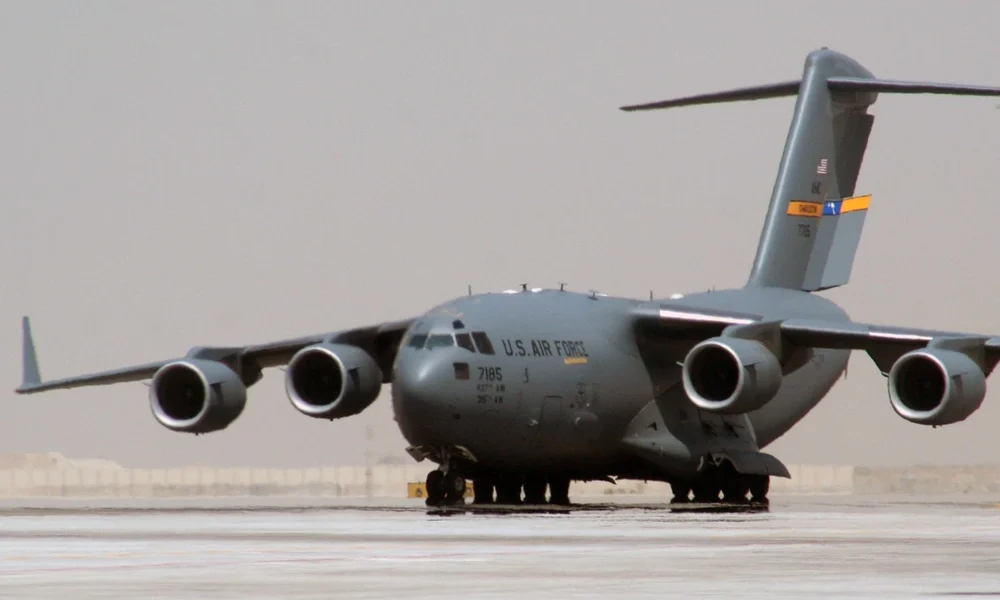How Long Does It Take to Become a C-17 Pilot?

Becoming a pilot for the C-17 Globemaster III, a strategic aircraft used primarily by the United States Air Force (USAF) for transport of troops and cargo around the world, is a prestigious and demanding endeavor. The journey to piloting this massive aircraft involves several years of rigorous training, dedication, and a sequence of progressive steps within the military framework.
The first step towards becoming a C-17 pilot is to join the Air Force. This can be achieved either through enlisting directly, completing ROTC (Reserve Officer Training Corps) during college, or by attending the United States Air Force Academy (USAFA). Each pathway has its own set of requirements and commitments, but all lead to becoming an officer in the Air Force, which is a prerequisite for becoming a pilot.
Once commissioned as an officer, the next step is to undergo Initial Flight Training (IFT), where candidates learn the basics of flying and aviation theory. Following IFT, officers attend Specialized Undergraduate Pilot Training (SUPT). SUPT is divided into two phases over a year; the first phase covers general flight training in fixed-wing aircraft, and the second focuses on advanced flying concepts and aircraft-specific training.
After completing SUPT, pilots are selected for specific aircraft based on their performance, the needs of the Air Force, and sometimes personal preference. Those selected to fly the C-17 will then move on to the C-17 specific training, which includes both simulator sessions and actual flight time. This training is intense and detailed, ensuring that all pilots meet the stringent requirements necessary to operate the C-17 safely.
C-17 training includes learning the intricacies of the aircraft’s avionics, cargo handling systems, and emergency procedures. Pilots must also become adept at long-range international flights and air-drop missions, which are integral to the C-17’s operational roles. The entire training process from entering the Air Force to becoming a fully qualified C-17 pilot typically takes around two to three years, depending on the individual’s progress and the timing of their training cycles.
In addition to the technical training, C-17 pilots must develop strong leadership skills and the ability to make critical decisions under pressure. They are responsible not only for the safe navigation and operation of their aircraft but also for the safety and well-being of their crew and any passengers or cargo on board.
Continuous education and training are part of the career of a C-17 pilot. Even after qualification, pilots regularly undertake additional training to update their skills, learn new procedures, and adapt to new technologies integrated into the fleet. The life of a C-17 pilot is one of constant learning and adaptation, requiring a commitment to excellence and professional development.
The path to becoming a C-17 pilot is challenging and requires a significant investment of time and effort. However, for those who succeed, it offers a rewarding career filled with opportunities for growth, adventure, and the satisfaction of serving on one of the most important missions in the Air Force. Whether it’s delivering humanitarian aid or transporting vital equipment and personnel, C-17 pilots are crucial to global military operations and humanitarian efforts, making this one of the most fulfilling roles in the aviation industry.
Recommended Aviation Gear
David Clark H10-13.4 Aviation Headset – $376.95
The industry standard for aviation headsets.
Pilots Handbook of Aeronautical Knowledge – $25.42
Essential FAA handbook for every pilot.
As an Amazon Associate, we earn from qualifying purchases.
Subscribe for Updates
Get the latest articles delivered to your inbox.
We respect your privacy. Unsubscribe anytime.